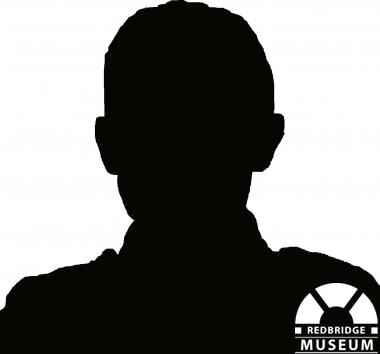
This casualty is believed to be William George Scott, who was born in Woodford and according to the Army still resided there when he enlisted at Stratford. His Regimental Number was issued between 20th June 1904 and 20th January 1905, suggesting at one point he was a regular soldier. In 1912 he married Florence Gertrude Bigg. He qualified for the 1914 Star having landed in France during August 1914, again indicating he was a member of the regular Army or a recalled reservist. After death his personal effects were passed to his widow Florence.
The Battalion War Diary reveals: On the First Day of the Battle of the Somme 2 Essex advanced between Beaumont-Hamel and Serre at 08.35, on left of Serre Road, crossing the German line and then moving to right of Pendant Copse. At 06.25 artillery commenced a heavy bombardment of the German trenches, this lasted until 20 minutes before zero hour when the bombardment became intense. At a minute before zero hour (07.30) a mine was fired, and at zero the leading lines of the 11th Brigade advanced. At 08.36 “A” and “D” Companies advanced from their assembly trenches and immediately came under very heavy machine gun fire and artillery barrage. At about 09.30 the12th Brigade were holding a line about 50 yards short of the German second line and some parties had forced their way through and got as far as Pendant Copse.
The main line tried to consolidate themselves in the line of craters but this work was practically impossible owing to the intense machine gun fire brought to bear on them from the direction of Serre on the left flank and Beaumont Hamel on the right. Later, a screen of bombers advanced against them and the Brigade on the left retiring left their left flank in the air. About 16.00 the line was forced to retire to the former German front line where a small body consisting chiefly of Seaforths, Essex and Warwicks with Capt A G de la Mare and 2nd Lt J G Ward of the Essex made a long stand in the Quadrilateral until 01.00 on the 2nd when they were relieved by the Royal Irish Fusiliers. The fighting in the Quadrilateral was entirely by bombing and our men were hampered by an inadequate supply of bombs although they used the bombs found in the German trenches.
At one time our heavy artillery also began to shell the Quadrilateral but was stopped before doing any harm by means of an electric lamp found by a signaller. Communication was also kept with our own front line by means of visual signalling and in this way bombs were asked, for but the difficulty of getting them across No Man’s Land through the fire was very great. Casualties: 22 officers and about 400 other ranks - by the evening the Battalion could muster only two Officers and 192 Other Ranks.
Research by Adrian Lee, Local Historian
Sources:
Ancestry.com
Soldiers Died in The Great War Records
